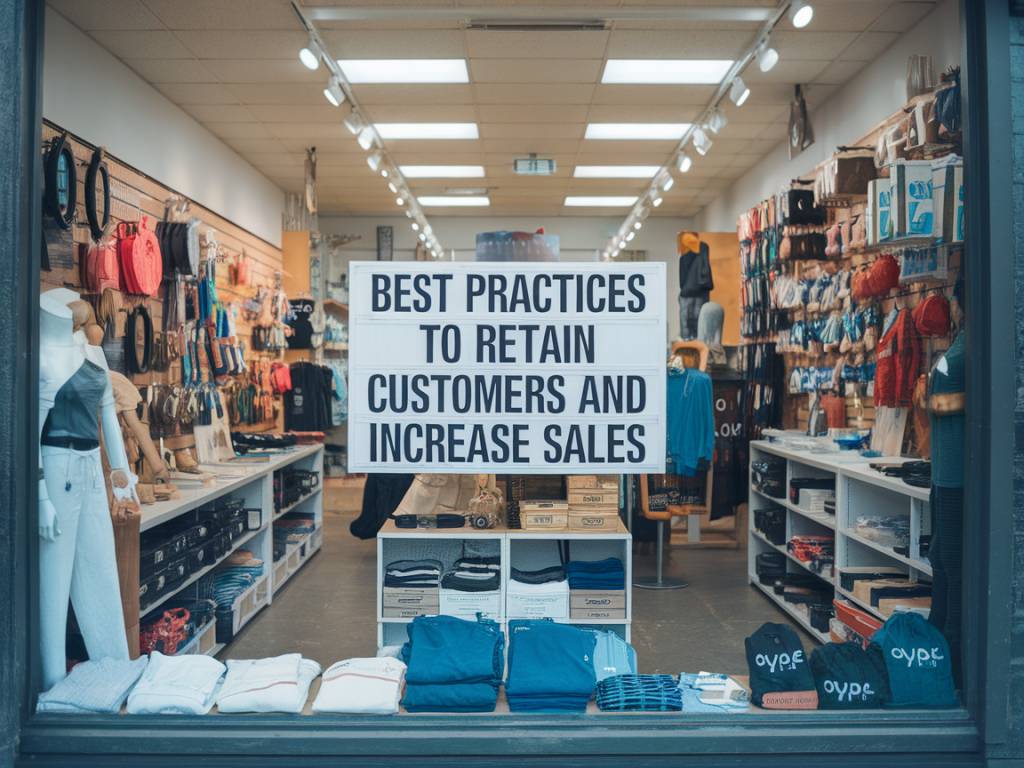Understanding the Importance of Customer Retention
Acquiring a new customer can cost up to five times more than retaining an existing one. Yet, many businesses focus disproportionately on attracting new clients rather than nurturing their current customer base. Retention isn’t just about maintaining revenue; it’s about creating a loyal audience that becomes your brand’s best advocate.
When a business prioritizes customer retention, repeat purchases increase, lifetime value expands, and word-of-mouth marketing strengthens. But how do you ensure your customers stay engaged and keep coming back? Let’s explore best practices to boost retention and, ultimately, sales.
Personalization: The Key to Customer Engagement
Customers appreciate when brands recognize their needs and preferences. Generic communication won’t create lasting relationships, but personalization will. Leveraging data analytics, businesses can craft tailored experiences that resonate with their audience.
- Personalized Emails: Instead of sending mass emails, segment customers based on purchase history and browsing behavior. A well-timed, relevant email can significantly impact retention.
- Exclusive Offers: Reward loyal customers with discounts or early access to new products. This makes them feel valued, increasing their likelihood to return.
- Customized Recommendations: Platforms like Amazon thrive on AI-powered recommendations. Implementing similar strategies helps customers discover relevant products tailored to their preferences.
Exceptional Customer Service as a Retention Strategy
No matter how strong your product is, poor customer service can drive people away. Today’s consumers expect fast, efficient, and empathetic support. Investing in outstanding customer service isn’t just a defensive move—it’s a proven strategy to turn satisfied clients into long-term brand advocates.
- Fast Response Time: In the digital age, quick problem resolution is essential. Whether through chatbots, email, or phone support, addressing concerns promptly builds trust.
- Proactive Support: Instead of waiting for complaints, anticipate customer issues. Sending instructions, FAQs, or follow-up messages after a purchase prevents frustration.
- Human Touch: Even with automation, personalized human interaction remains irreplaceable. A well-trained support team can ease concerns and deepen customer relationships.
Building a Loyalty Program that Works
Loyalty programs are more than just points and rewards; they’re a powerful strategy to keep customers engaged. However, the key lies in creating a system that genuinely incentivizes repeat purchases.
- Tiered Rewards: Encouraging customers to reach higher tiers of benefits—such as VIP discounts or exclusive perks—creates a sense of achievement and motivation.
- Gamification: People love challenges and achievements. Adding gamified elements, like milestone badges or surprise bonuses, increases engagement.
- Referral Incentives: Turn loyal customers into brand ambassadors by offering referral bonuses. Not only do they stay engaged, but they also bring in new business.
Harnessing the Power of Community
Customers don’t just buy products; they buy into a brand’s identity. Creating a community around your business fosters deeper connections and enhances loyalty.
- Interactive Social Media Presence: Engage with customers through real-time responses, discussions, and user-generated content to build a loyal following.
- Exclusive Membership Groups: Private communities, such as Facebook groups or dedicated forums, provide customers with a sense of belonging.
- Valuable Content: Offering insightful blog articles, webinars, or educational videos establishes your brand as a thought leader and keeps customers coming back for more.
Leveraging Data to Understand Customer Behavior
The more you understand your customers, the better you can serve them. Data-driven decision-making helps businesses refine their retention strategies effectively.
- Customer Feedback Analysis: Regularly collect and analyze feedback through surveys or reviews to identify areas for improvement.
- Behavioral Tracking: Tools like Google Analytics and CRM software provide insight into customer journeys, enabling you to optimize touchpoints.
- Churn Prediction Models: AI-driven algorithms can detect signs of customer disengagement, allowing businesses to proactively re-engage at-risk customers.
Consistent Brand Experience Across Channels
In today’s omnichannel world, customers expect a seamless experience whether they interact with your brand online, in-store, or via social media. Inconsistencies can create frustration and diminish trust.
- Unified Messaging: Ensure that marketing messages, support interactions, and product information remain coherent across all platforms.
- Cross-Platform Integration: A customer switching between mobile and desktop shopping should never feel lost—make transitions effortless.
- In-Person and Digital Synergy: If you operate a physical location, align in-store and online experiences to maintain familiarity and convenience.
Staying Ahead: Adaptation and Continuous Improvement
Customer expectations evolve, and so should your retention strategies. Businesses that thrive are those that consistently test, adapt, and refine their approaches.
- Stay Updated on Trends: Market preferences shift. Keeping an eye on new technologies and customer behaviors ensures relevance.
- A/B Testing: Experiment with different retention tactics to identify what resonates best with your audience.
- Iterative Enhancements: Small but continuous improvements create a compound effect, strengthening long-term retention rates.
The secret to business growth isn’t always about acquiring more customers—it’s about keeping the right ones engaged. By implementing these best practices, businesses can enhance customer loyalty, increase sales, and build lasting relationships that drive sustainable success.




